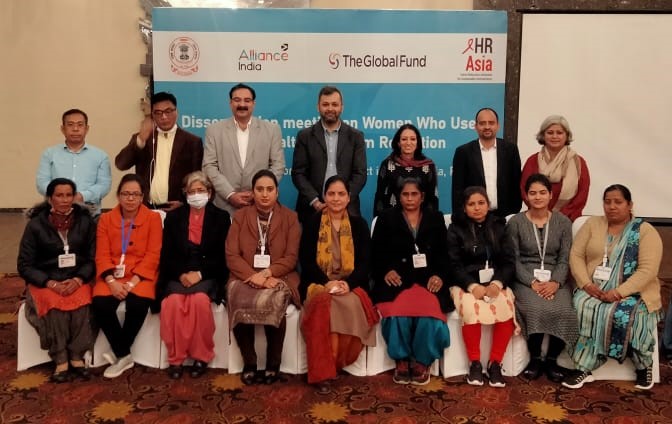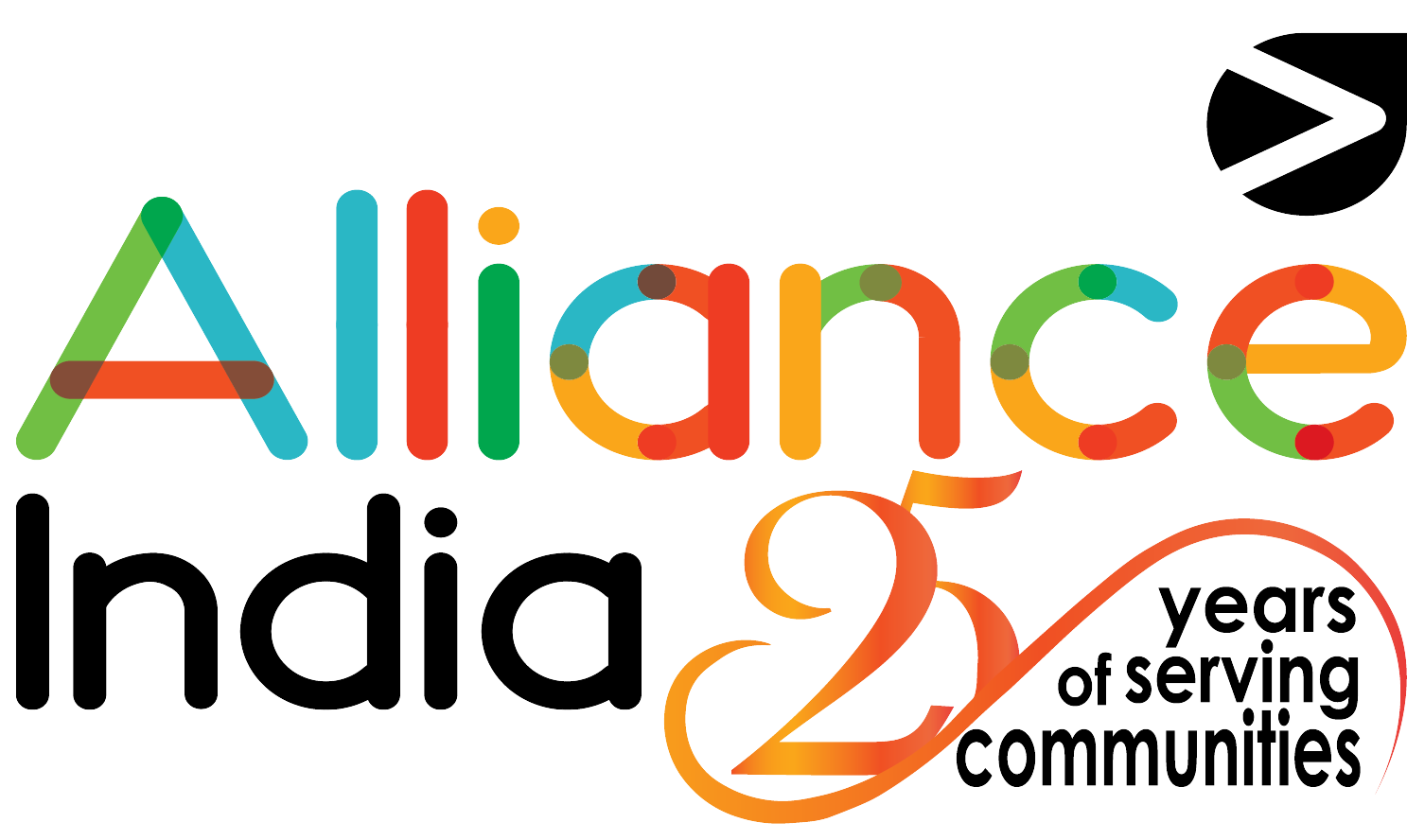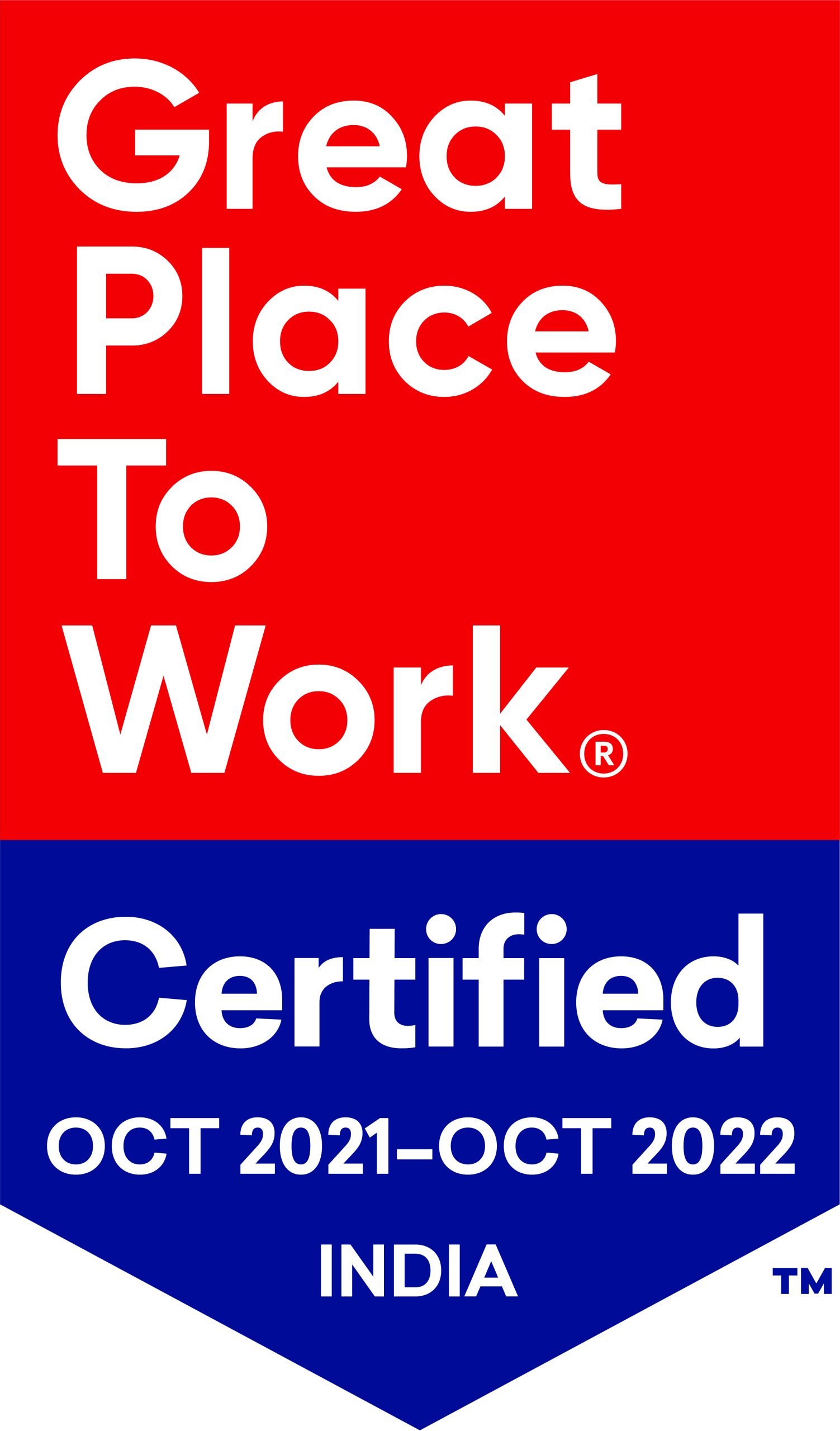Breaking Gender Stereotypes: A Project for Women Who Use Drugs in Punjab’s Kapurthala is Making Equality, Equity and Justice Possible

People who use drugs (PUD) are among the most marginalized and disadvantaged communities.[1] They experience poor health outcomes with a greater chance of premature death, high rates of potentially life-threatening infectious diseases, such as HIV, hepatitis and tuberculosis, and increased risk of both fatal and non-fatal drug overdoses.[2] [3] The situation is often made worse by a lack of access to relevant evidence-based prevention and treatment services for drug dependence and infectious diseases.[4] [5]
Women who use drugs, however, are doubly stigmatized and discriminated against — because of their drug use and because of their gender. They are also more exposed to gender-based violence and human rights violations that put them at risk of HIV and other infections.
Worldwide, few harm reduction programmes tailor their services to meet the needs of women, and gender-based discrimination may make them unwelcoming. HIV related services also often don’t cater to the needs of women who use drugs.
In many countries in Asia, unsafe injecting drug use is a major contributor to HIV, HCV, overdose, mental health and other health sector challenges. In a few Asian countries including India, HIV prevalence among women who inject drugs continues to grow rather than stabilize. Countries in the Asia region have identified people who use drugs as a priority target population for the HIV response and have explicitly included harm reduction in their national HIV prevention plans and drug policies. Although harm reduction is becoming increasingly accepted across the region, a largely punitive policy and the legal environment remains firmly in place undermining access to life-saving harm reduction programmes. This situation is more severe for women who use drugs with limited to no services available in most countries.
Considering the need for the need for health services in Asian countries; Alliance India is implementing a Global Fund supported regional programme in Asia which aims to create an enabling environment for people who use drugs by removing barriers that impede their access and health and human rights based services. This 4 year programme pays special focus on the most marginalized members of these communities who due to their drug use are more vulnerable to high morbidity and mortality linked with HIV/AIDS, viral hepatitis, Multidrug-resistant Tuberculosis and opioid overdose. These problems are more severe in groups like women who use drugs as there is little evidence (due to lack of studies) and programmes. Alliance India is responding to this situation by collaborating with technical partners, academic institutions, members of the community of women who use drugs and the Government of Punjab to develop a unique “One Stop Shop” model for women who use drugs.

Alliance India completes two years of implementing this unique demonstration project in December 2020 at the Kapurthala based civil hospital. The hospital has a good rapport with the community members and serves over 500 community members daily with methadone and buprenorphine as part of its comprehensive health services for people who use drugs. The centre had in 2012 implemented India’s first methadone intervention for people who use drugs successfully and has the requisite institutional capacity.
The ongoing project for women who use drugs is one of its kind that focusses on developing a comprehensive health and human rights based model recommended by WHO. What started with only 1 client in February 2019; today is a strong programme servicing 235 women with clinical and psychosocial interventions everyday through a unique partnership between the community, public health and related departments including prisons, police etc. Inspired by this unique model, countries like Indonesia and Nepal are already replicating this model facilitated by Alliance India through a knowledge sharing, capacity building and study tours to and from the facility in Kapurthala to key Asian countries.
A dissemination meeting was organized on 15 December 2020 to share the findings of this project. Ms Gurpreet Kaur Deo, ADGP- Crime was the Chief Guest for the event along with dignitaries from the development partners and Punjab Government to give the certificate of appreciation to the beneficiaries and project staff. Dr Balwant Singh, Director, Punjab Health Systems Corporation and State Nodal Officer (Mental Health and Deaddiction) and Dr Anu Chopra, State Programme Officer (Mental Health and Deaddiction) represented the Ministry of Health at this meeting. It is expected the Government of Punjab will take this project forward and set an example in India and the Asia region where this model will be replicated by Alliance India and other partners including especially Global Fund.
[1] Global Burden of Disease Study 2015 DALYs and HALE Collaborators, “Global, regional, and national disability adjusted life years (DALYs) for 315 diseases and injuries and healthy life expectancy (HALE), 1990-2015: a systematic analysis for the Global Burden of Disease Study 015”, The Lancet, vol. 388, No. 10053 (2016), pp. 1603-1658.
[2] Bradley M. Mathers and others, “Mortality among people who inject drugs: a systematic review and meta-analysis”, Bulletin of the World Health Organization, vol. 91, No. 2 (2013), pp. 102-123.
[3] Louisa Degenhardt and others, “Global burden of disease attributable to illicit drug use and dependence: findings from the Global Burden of Disease Study 2010”, The Lancet, vol. 382, No. 9904 (2013), pp. 1564-1574.
[4] Joint United Nations Programme on HIV/AIDS (UNAIDS), The GAP Report 2014 (Geneva, 2014).
[5] UNAIDS, Do No Harm: Health, Human Rights and People Who Inject Drugs (Geneva, 2016).
– Written by Kunal Kishore, Associate Director – Drug Use & Harm Reduction
Other Recent Articles
- Transforming Lives through Health Interventions: My Visit to Narmadapuram Prison 11 July, 2024
- HIV and Ageing: Understanding the Unique Needs of Older Adults 20 May, 2024
- Youth Voices: Life with HIV in Contemporary India 26 September, 2023
- Empowering Transgender Community to create an Equal World 20 July, 2023
- Combating Stigma and Discrimination Among People Living with HIV 7 July, 2023
- Understanding the Significance of HIV Testing: Impact on Individuals, Relationships, and Society 22 June, 2023
- Empowering Lives during Unrest l Our Commitment to Manipur 5 June, 2023
- Empowering the Transgender Community: Alliance India Initiates Transgender ID Card Registration Drive 17 May, 2023
- The Struggle of Embracing Identity- International Day Against Homophobia, Transphobia and Biphobia 17 May, 2023
- Innovaccer Provides Support to Ensure Quality Health Services to Children Living with HIV 5 May, 2023
- Made by Nicdark - Copyright 2020
- donations@ong.com
- volunteers@ong.com
- contact@ong.com
India HIV/AIDS Alliance (Alliance India)
A not-for-profit Section 8 Company with Registration No: U85310DL1999NPL098570
Contact
-
6, Community Centre
Zamrudpur Kailash Colony Extension
New Delhi – 110048 - +91-11-4536-7700
Download
©2021 All Rights Reserved by Alliance India


